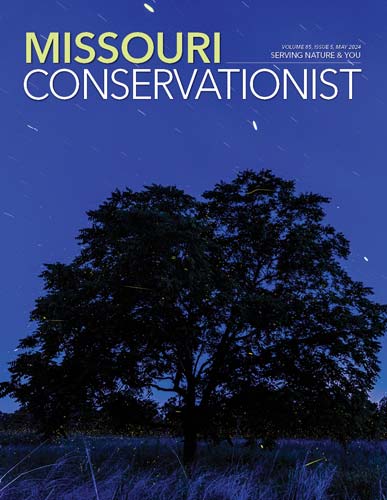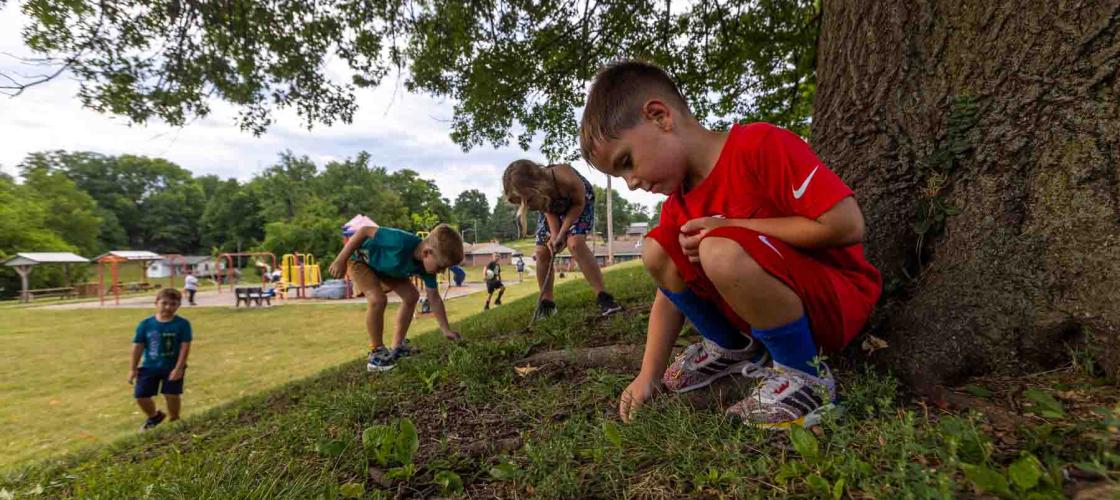
When you think about MDC, you might think of us as the agency that focuses on deer. Or perhaps you think of us as the folks who work on helping birds or pollinators. And all that is true. We are crazy about deer, birds, pollinators, and the like. At the same time, MDC also has a focus on promoting healthy habitats for a different species — one that is very close to my heart. In Missouri, 70 percent of this species lives on only 2.5 percent of the land, so we can help a large amount of their population by improving just a small habitat area.
What is this species we are so focused on? People!
As a community forester, I assist central Missouri towns, large and small, with trees. In fact, MDC has a major focus on community conservation, helping bring the benefits of nature to all its citizens.
Nature and Health
Most of us in Missouri live in some sort of town. And the habitat we live in makes a huge difference in our lives. For example, the parts of town with abundant trees are a jaw-dropping 12 degrees cooler in the heat of summer than the areas of town with few to no trees. Those trees are not just making life more comfortable; they are helping save lives of those most vulnerable to heat-related illness.
And even beyond life and death, the benefits of nearby nature are staggering. Social scientist Kathleen Wolf writes in Nature’s Riches: The Health and Financial Benefits of Nearby Nature, “Having nearby nature in the vicinity of one’s everyday life — whether during your commute, taking a walk through the neighborhood, or at your child’s school — is now recognized to have important, yet often overlooked, positive effects on health. The entire sweep of native, cultural, and built nature in cities contribute to healthier birth weight in babies, reduced ADHD symptoms in children, stress and anxiety reduction for adults, reduced neighborhood crime, faster healing in hospitals, and improved mental health for seniors.”
Community Conservation Projects
So, how do we make healthy habitats for humans and all the other creatures that live in our Missouri communities? And how can you work with us to improve the habitat where you and your family live? Here are three examples of recent projects in central Missouri that reflect a variety of ways MDC partners with communities to promote conservation for all our citizens.
Marshall
Located north of I-70 between Kansas City and Columbia, Marshall has lots of community pride and amenities and is surrounded by fertile farmland. Recently, the Marshall Parks and Recreation Department partnered with MDC to improve their two parks, Henry Peyton Park and Indian Foothills Park.
Peyton Park is the site of a former segregated school and a 2.5-acre parcel nestled in a close-knit neighborhood that actively uses the park for basketball and socializing. What the park did not have was an abundance of shade. Noticing this, MDC helped create a tree planting plan for the park. Next, the parks department applied for and received community forestry cost-share dollars from MDC to help fund the tree planting efforts. Park staff and local businesses got the trees planted and park staff water the trees throughout the summer to get them established. Now, Peyton Park is 21 trees richer. Trees will cool and beautify Marshall’s Peyton Park as they grow for decades to come.
At the same time, Marshall wanted to focus on the existing trees in its 325-acre Indian Foothills Park. For this area, Marshall received community forestry cost-share funds from MDC to have an urban forest management company provide an inventory of its trees. Tree inventories assess each tree’s size, species, location, and condition. This allows the Marshall Parks Department to get a better handle on what trees they have and their maintenance needs. In turn, Marshall made the inventory available for all to see online at marshallmo.treekeepersoftware.com. This is a great tool for those wanting to improve their tree identification skills in the area. The project identified 783 trees.
“We are pleased with the results and excited about the future to see how the trees enhance Peyton Park and develop the tree plan for Indian Foothills Park,” said Marshall Parks and Recreation Director Chad Unterreiner.
Centralia
Located half an hour north and east of Columbia, Centralia has a rich history of industry and a thriving school and park system. For several years, Erle Bennett, Centralia Parks and Recreation director, has been partnering with MDC to plant trees in Centralia’s parks, city square, and public golf course. Like Marshall, MDC first provided a tree planting plan for Centralia’s parks. Next, Bennett applied for and received community forestry cost-share both to plant new trees and also treat select trees and to remove some trees that were at high risk of failure. From there, Bennett worked with an MDC private lands conservationist for Boone County on a plan to convert a few acres of turf grass in their golf course to native wildflowers. MDC staff helped find funding for the project through our partners at Quail Forever and provided technical assistance throughout the process.
By partnering with MDC the last couple of years, Centralia has planted over 500 trees in their parks and provided large areas of wildflowers for birds and pollinators while cutting down on their mowing costs.
Columbia
Columbia has a rich history of providing bountiful nature for its citizens. The Columbia trail system is exceptional. They also have parks with lakes, streams, savannas, forests, bluffs, and open areas. But keeping up with maintaining all these resources is not for the faint of heart. At the same time, there are people who would be glad to lend a hand to keep nature healthy in our parks.
Meet the Missouri Conservation Corps.
This new non-profit is not just dedicated to removing invasive honeysuckle and planting native plants, but they are also dedicated to community engagement, and are excited to carry out their work through the power and passion of community volunteers. They are also integrating environmental education, citizen science, and environmental studies into their projects. With support from MDC, the Missouri Conservation Corps has held dozens of events with several hundred volunteers in Columbia parks. It’s wonderful to see a small group of people building community through conservation work in our towns.
Coming to a Community Near You
These are just three examples of the dozens of ways MDC is partnering with towns in central Missouri to improve our communities with nature. In Fayette, volunteers are going door to door promoting tree care. Columbia churches are helping promote native plants and providing community garden spaces. The Boys and Girls Club of Jefferson City is planting trees to shade their outdoor space. Multiply these with the hundreds of projects and partnerships MDC has going on all around the state from our smallest, most rural communities to the heart and soul of our largest cities and you can begin to visualize our commitment to community conservation. MDC staff across the state are ready to work with you in your neighborhoods and towns.
Here’s What You Can Do Where You Live to Promote Nature
- Consider planting native wildflowers and trees in your yard. Think about starting in a small area and learning as you go.
- Volunteer with your community’s parks department, tree board, or office of volunteer services. They could use your help. MDC’s nature centers are another great place to volunteer. Even a little bit of support can provide a big boost.
- Consider supporting nature-based projects within civic organizations such as scouts, Missouri Master Naturalists, Stream Teams, garden clubs, Audubon, Kiwanis, Rotary, Lions, schools, and other non-profits. Get creative — the list of organizations out there is long. Some employers are also looking for team-building projects and might be open to ideas.
- Below is a sample of community conservation-related volunteer organizations that MDC partners with. Maybe there are one or two you could learn more about.
Kansas City
- Heartland Tree Alliance
- KC WildLands
- Bridging the Gap
- Cultivate KC
- Heartland Conservation Alliance
- Wild Souls
- Deep Roots KC
Central
- Missouri Conservation Corps
- Missouri River Relief
- Columbia Center for Urban Agriculture
- COMO Trail Association
St. Louis
- Forest ReLeaf of Missouri
- Community Stewardship Alliance through Open Space Council
- St. Louis Audubon Society
Northeast
- Forest Lake Area Trail System (FLATS)
Northwest
- Youth Volunteer Corps of St. Joseph
Southwest
- Friends of Ozark Parks
- Ozark Greenways
- Springfield Tree City USA Citizen Advisory Committee
- Watershed (formerly Watershed Committee of the Ozarks)
Ozark
- Ozark Rivers Audubon Nature Center
Learn More
- Visit Community Conservation to learn how MDC can support your community, including funding opportunities on public properties in towns, at mdc.mo.gov/community.
- Visit grownative.org, an excellent source to learn about native plants for your yard, including where to get them.
Visit short.mdc.mo.gov/Z3J for information on how to select the right trees for your yard and how to plant and care for them.
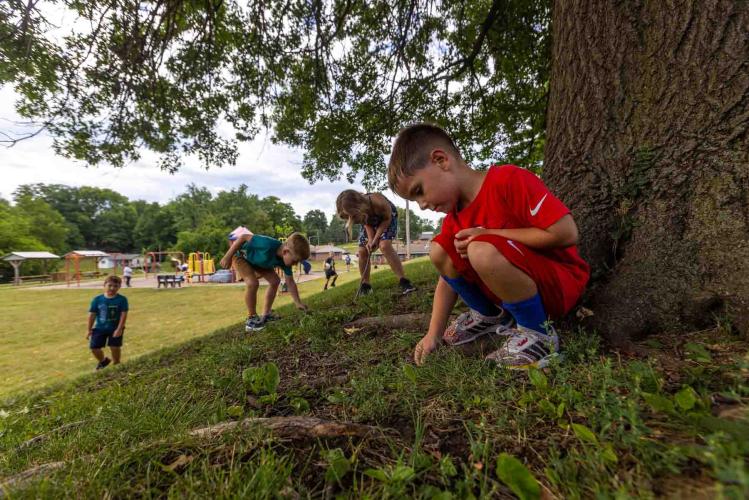
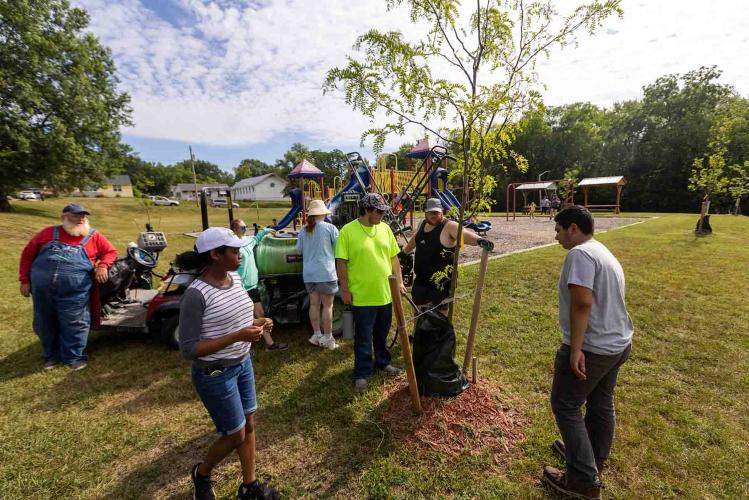
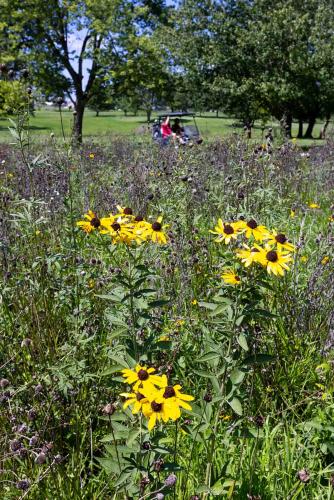
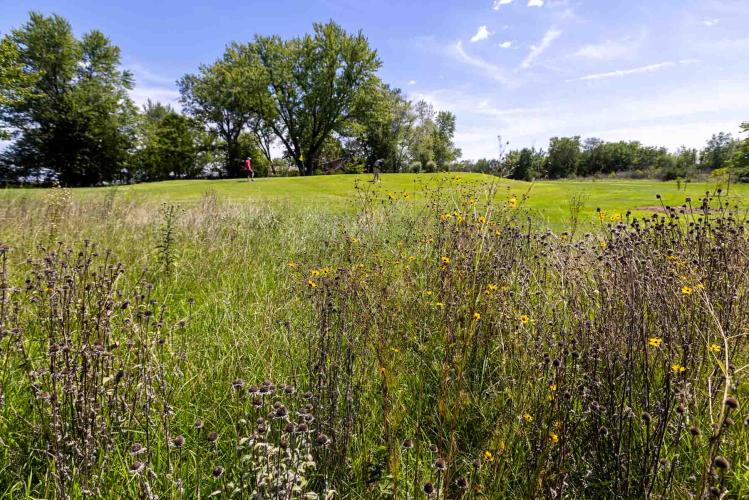
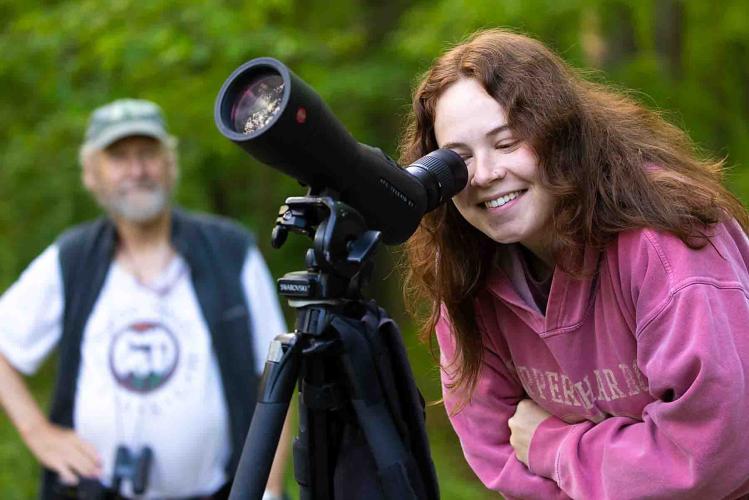
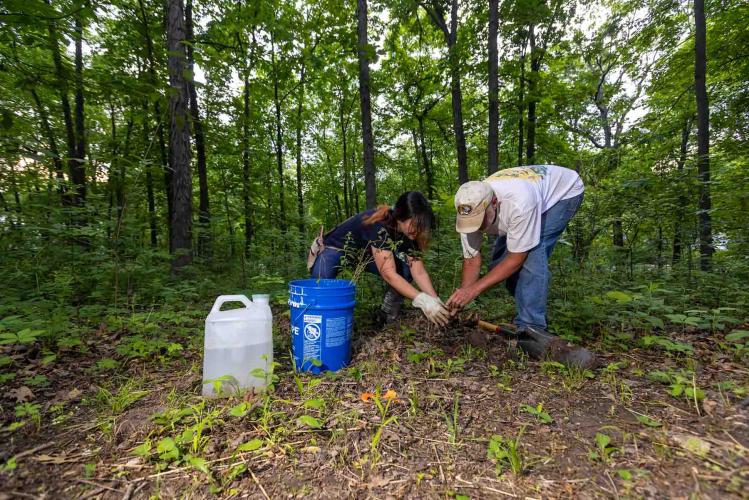

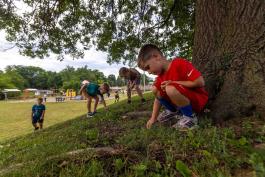
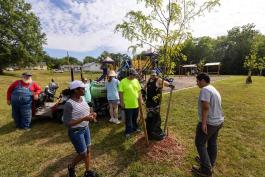
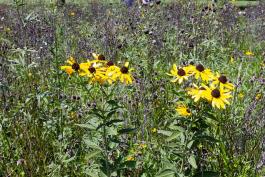
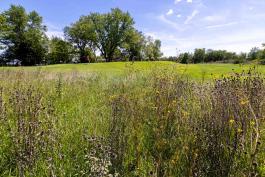
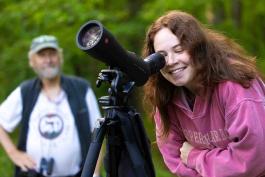
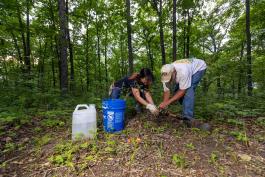
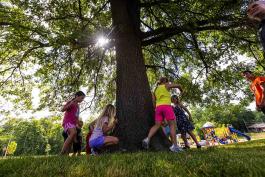
Also In This Issue
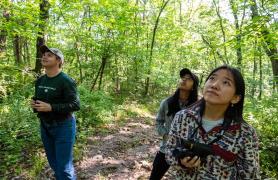
Young Missourians find both excitement and peace in birding
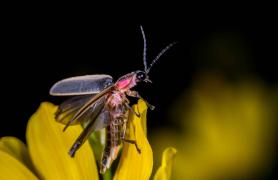
Lightning bugs add wonder to the evening sky
And More...
This Issue's Staff
Editor - Angie Daly Morfeld
Associate Editor - Larry Archer
Photography Editor - Cliff White
Staff Writer - Kristie Hilgedick
Staff Writer - Joe Jerek
Staff Writer – Dianne Van Dien
Designer - Shawn Carey
Designer - Marci Porter
Photographer - Noppadol Paothong
Photographer - David Stonner
Circulation – Marcia Hale






















